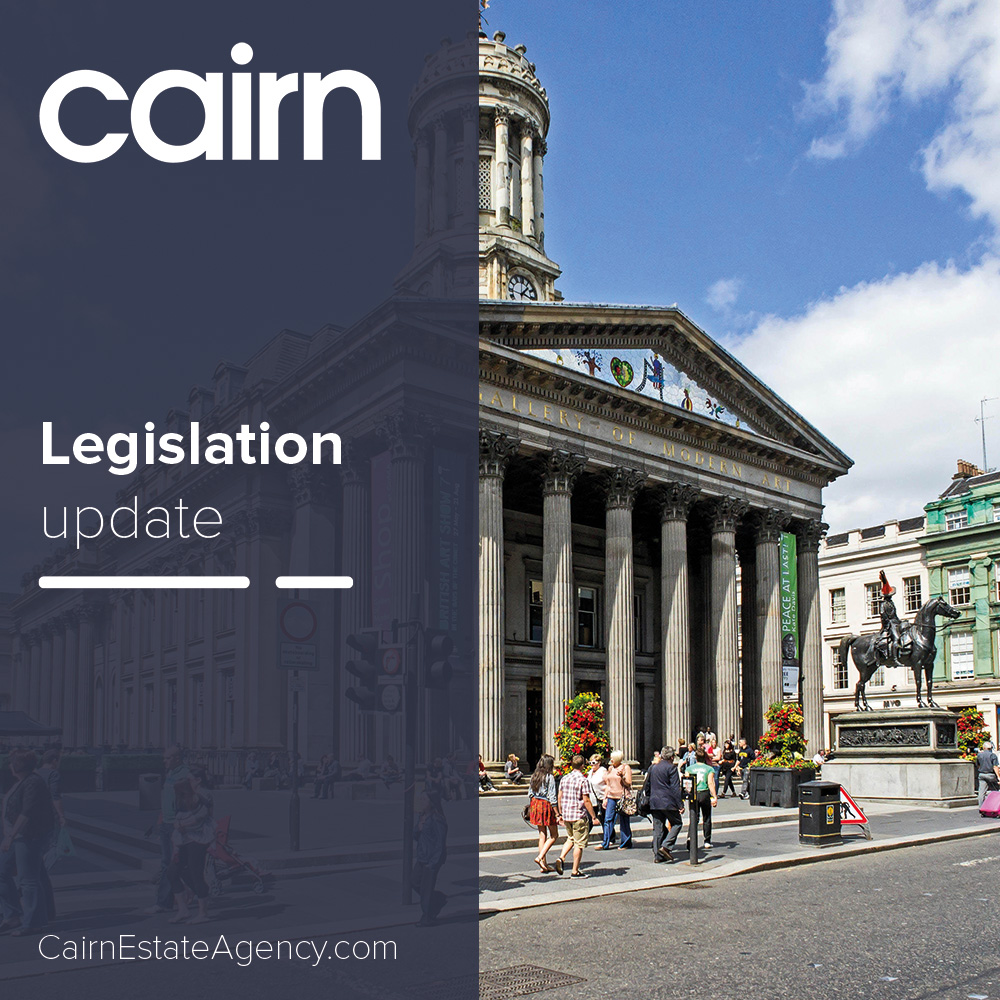The latest property news & information from a trusted source.
Explore our property blogs, select a category from below

Tax Breaks for Landlords: Will Holyrood Follow Suit?
It’s all change in the UK. We have a new Prime Minister, a new Chancellor, and a new (mini) budget.
For landlords in England and Northern Ireland, the tax breaks described in Kwasi Kwarteng’s budget could represent tens of thousands of pounds in savings. But for their Scottish counterparts, it’s simply a case of waiting to see if Holyrood (the Scottish Government) follows suit.
In this short blog post, we recap the mini-budget’s impact on landlords and share some thoughts on Holyrood’s potential response.
How will the mini-budget affect landlords?
In case you missed it, here are the main points from the mini-budget that’ll affect landlords:
- The basic income tax rate will be cut to 19p (from 20p) from April 2023.
- The 45% higher rate will be abolished and replaced with a single higher rate of 40%.
- Stamp duty land tax will be cut in England and Northern Ireland. The limit for buyers will be raised to £250k (from £125k) — or £425k for first-time buyers.
- The planned increase in corporation tax has been cancelled. It will remain at 19%.
- The planned rise in National Insurance contributions will be reversed from 6 November.
According to an analysis by tax firm Blick Rothenberg in the Telegraph, the corporation tax rate remaining at 19% will save an incorporated landlord with £250,000 in rental profits £15,000 a year.
Meanwhile, the change in Stamp Duty rates means landlords buying property worth up to £250k will have less to pay.
Previously, buy-to-let investors had to pay a 3% surcharge on purchases up to £125k, and a further 5% on anything between £125,001 and £250k. Now it’ll be a straight 3% up to £250k, 8% between £250,001-£925,000, 13% between £925,001-£1.5m and 15% for anything £1.5m+.
Example: Under the new rules, Stamp Duty for a property worth £249,000 in England will be £7,470, down from £9,950 under the old rules.
However, much of this will not affect Scottish-based landlords
The cut in additional rate income tax (from 45% to 40%) on earnings above £150,000 won’t apply in Scotland. The rate in Scotland will remain at 46% for the time being.
Similarly, the cut in basic rate tax from 20p in the pound to 19p won’t be seen in Scotland.
And the Stamp Duty cut will only apply in England and Northern Ireland. Scotland has its own system: Land and Buildings Transaction Tax (LBTT).
The current LBTT rates mean buy-to-let investors need to pay a 3% surcharge on purchases up to £145k, 5% between £145,001-£250,000, 8% between £250,001-£325,000, 13% between £325,001-£750,000 and 15% for anything £750,001+.
So, for a £249,000 property in Scotland, LBTT is currently £12,040 — a significant difference from south of the border.
Will Holyrood mirror Westminster?
That is the question. And right now, the answer seems to be “no.”
The First Minister, Nicola Sturgeon, has heavily criticised the Chancellor’s decision to abolish the top rate of income tax and has hinted that she has no interest in “blindly following suit”.
As it stands, the Scottish Government probably won’t make a final call on income tax rates until its draft budget is presented to Holyrood. We’ll be keeping a close eye on developments.
If you’d like to get more posts like this in your inbox, sign up for our regular newsletter.
 Out of Office Hours
Out of Office Hours Glasgow 0141 270 7878
Glasgow 0141 270 7878

